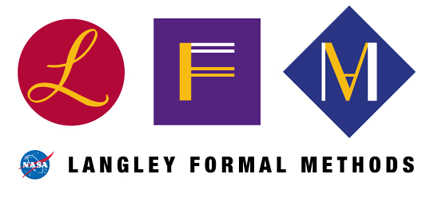|
|
|
home >
team >
civil servants >
bld
Benedetto L. Di VitoEducationBen holds a Ph.D. in computer science from the University of Texas at Austin (1982). His dissertation was titled Verification of Communications Protocols and Abstract Process Models, and was supervised by Donald I. Good and Simon S. Lam. Ben also received an M.S.E. in computer, information and control engineering from the University of Michigan (1975), and a B.S.E. in computer engineering from the University of Michigan (1974). After completing his education, Ben joined the Institute of Electrical and Electronics Engineers (IEEE) and the Association for Computing Machinery (ACM), and has been a long-standing member of both professional organizations. Professional ExperienceFrom July 1975 to August 1978, Ben held software development positions at ITT Telecommunications in Des Plaines, Illinois, and then at Texas Instruments in Austin, Texas. While studying toward his Ph.D. at the University of Texas at Austin, Ben worked as a research assistant with the university's Institute for Computing Science and Computer Applications from June 1979 to August 1982. He participated in the project that developed the Gypsy Verification Environment (GVE) for concurrent program proving, under the direction of Dr. Donald Good. For his Ph.D. thesis, Ben devised a method for protocol specification and verification based on Gypsy-style concurrency proofs carried out with the Boyer-Moore theorem prover (later called “nqthm,” and later still, succeeded by ACL2). In September 1982, Ben joined Sytek, Inc. of Mountain View, California, where he participated in research activities related to computer security and formal verification of software. From December 1983 to December 1989, Ben was a senior project engineer with TRW, Inc. in Redondo Beach, California, where he concentrated on applications of computer security and formal methods:
From December 1989 to October 1998, Ben worked as a senior research engineer for VíGYAN, Inc. of Hampton, Virginia, where his research conducted for NASA Langley included the following efforts:
Since November 1998, Ben has been a senior research engineer in the Safety-Critical Avionics Systems Branch at the NASA Langley Research Center.
|
||
|
home | welcome | quick page | philosophy | team | research | quote | links | new? Curator and Responsible NASA Official: Ben L. Di Vito larc privacy statement last modified: 16 April 2009 |
